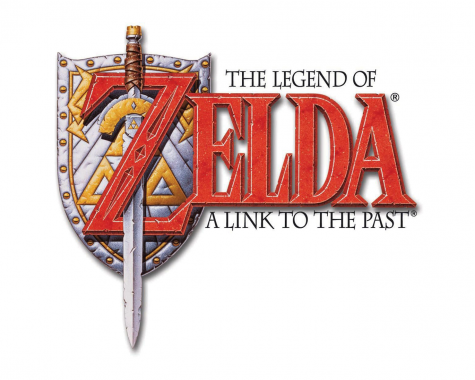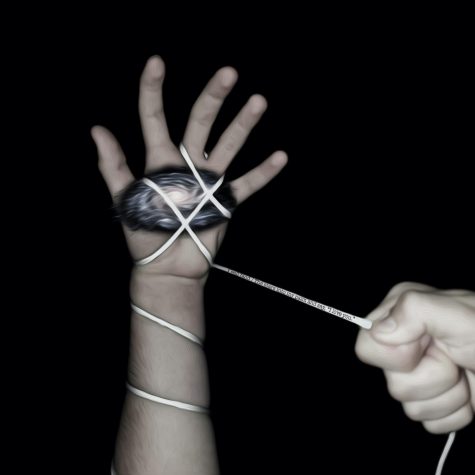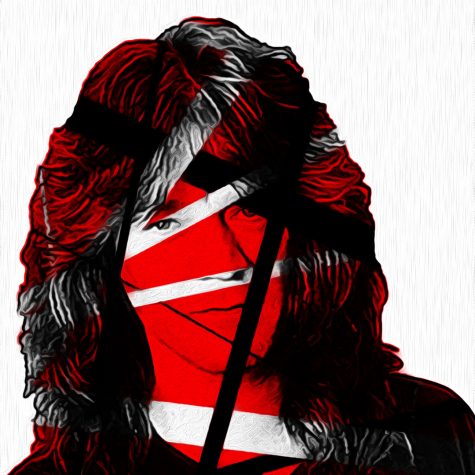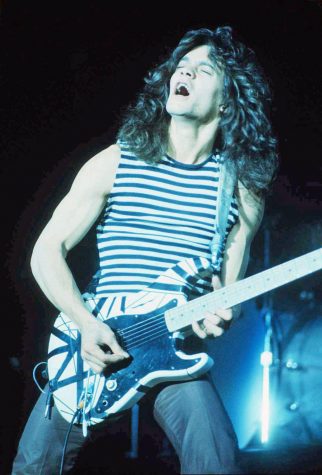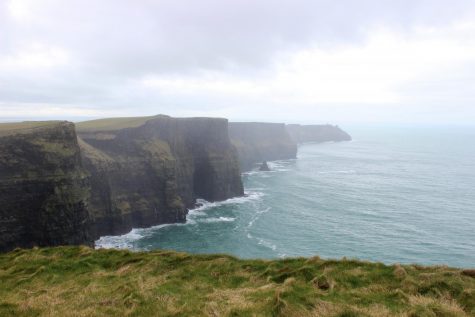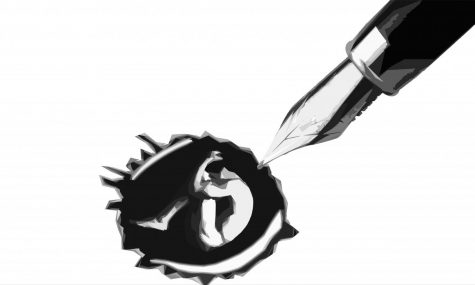A Radically Different Director’s Cut: An Assessment of the Upcoming Zack Snyder’s Justice League
I am sure that many of you have forgotten about the 2017 film Justice League. Meant to be DC’s answer to Marvel’s successful Avengers series, the movie is known to have had a troubled production that resulted in a confusing end-product complete with out-of-place jokes, unfinished computer-generated imagery, distracting cinematography, an underwhelming score, and a radically different, happier tone compared to the film’s predecessors, which were Man of Steel and Batman v Superman: Dawn of Justice.
One of the major reasons why these issues occurred is the fact that the director, Zack Snyder, stepped down due to a family tragedy. As a result, the studio Warner Bros. replaced him with Joss Whedon, known for directing The Avengers (2012) and Avengers: Age of Ultron (2015). The studio commanded Whedon and the rest of the team to make many changes to the film which resulted in the aforementioned issues and in a short runtime of two hours. When the film was released in November 2017, fans’ responses were mixed, to say the least, and Justice League was considered to be a box office disappointment.
Fans of Snyder and his unique take on the DC universe found themselves upset. However, hope sparked within the fandom. Snyder repeatedly teased through social media that much footage of his original cut had survived. Reported differences between Snyder’s original vision and the theatrical release were numerous. It was also said that the rumored “Snyder Cut” ran much longer, lasting about three and a half hours. These reports drove many on social media to campaign for the release of this fabled cut with the hashtag “#releasethesnydercut.”
This movement grew among fans of Snyder and DC to such an extent that people even reserved billboards at Times Square and around the San Diego area with the hashtag, pleading Warner Bros. to release the cut. Even cast members campaigned on social media for the release, such as Ben Affleck, Gal Gadot, and Jason Momoa, who played Batman, Wonder Woman, and Aquaman in the film, respectively. The fame of the movement culminated on the second anniversary of the film’s release in November 2019, when #releasethesnydercut trended worldwide on social media.
Finally, in May 2020, Snyder officially announced that his cut of the film, titled Zack Snyder’s Justice League, would be released in 2021 on the streaming service HBO Max. Fans, including me, received the news joyously. A trailer for the cut, which helped showcase how different this version of Justice League was to the original, was released in August 2020 to favorable reception among fans. Snyder additionally revealed that the cut would be released as a four-part miniseries of at least 214 minutes in length in March 2021, with one final trailer yet to be released as of the writing of this article. Additionally, the cut will later be released as one long film and will also be released in black and white.
Overall, this entire sequence of events is unprecedented. Never before have we seen a fandom campaign with such passion to receive a radically different version of a piece of media. As a fan of Zack Snyder’s films and DC, I cannot wait to experience Snyder’s Justice League cut. Like many others, I did not necessarily like the theatrical cut and wished to see Snyder’s original vision of the film. I have found myself overjoyed that one of my favorite directors could finally tell his version of the story that he and many others worked together to bring to life, and I look forward to next month when we finally get to experience what we have waited many years to see.

